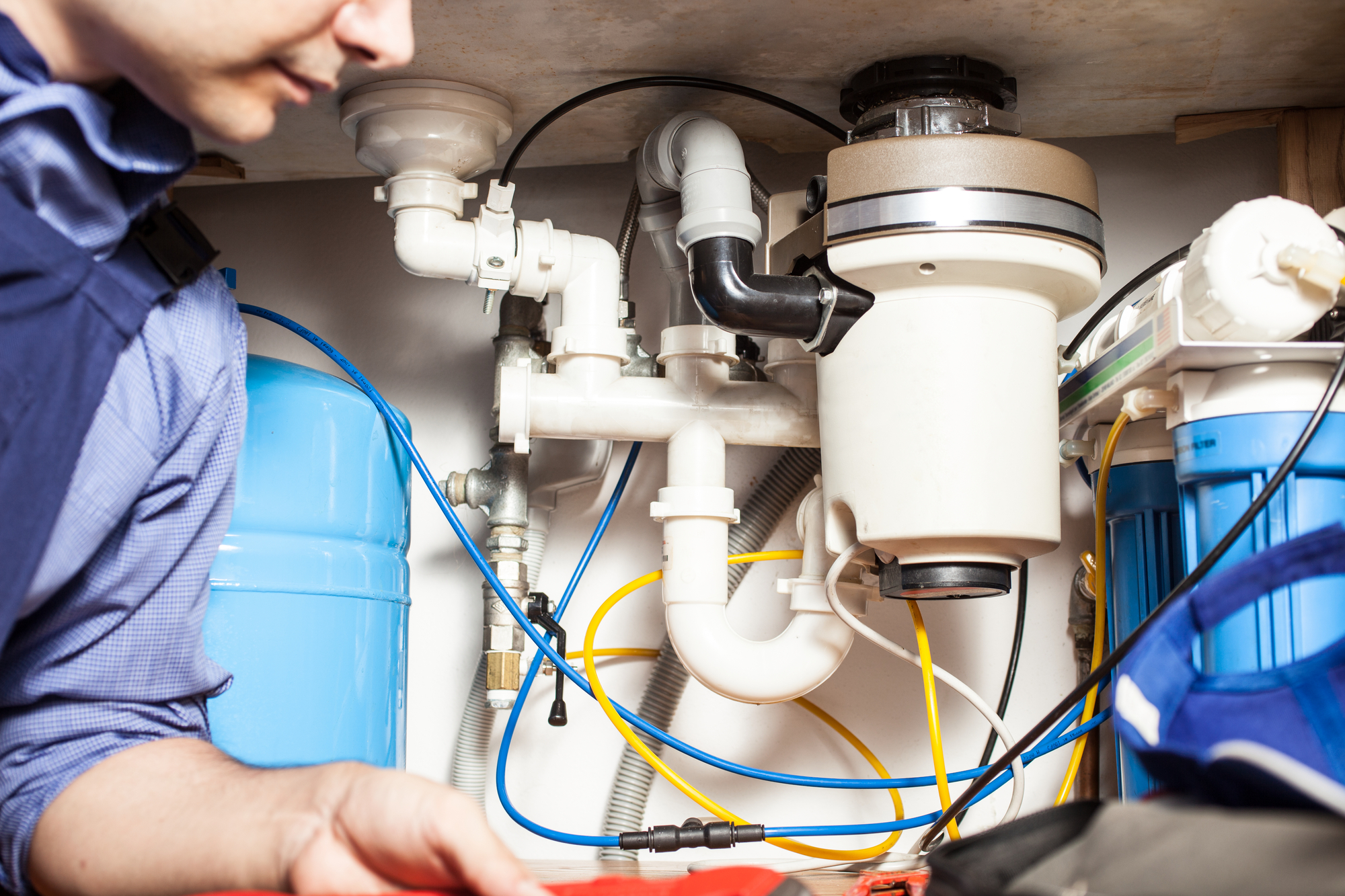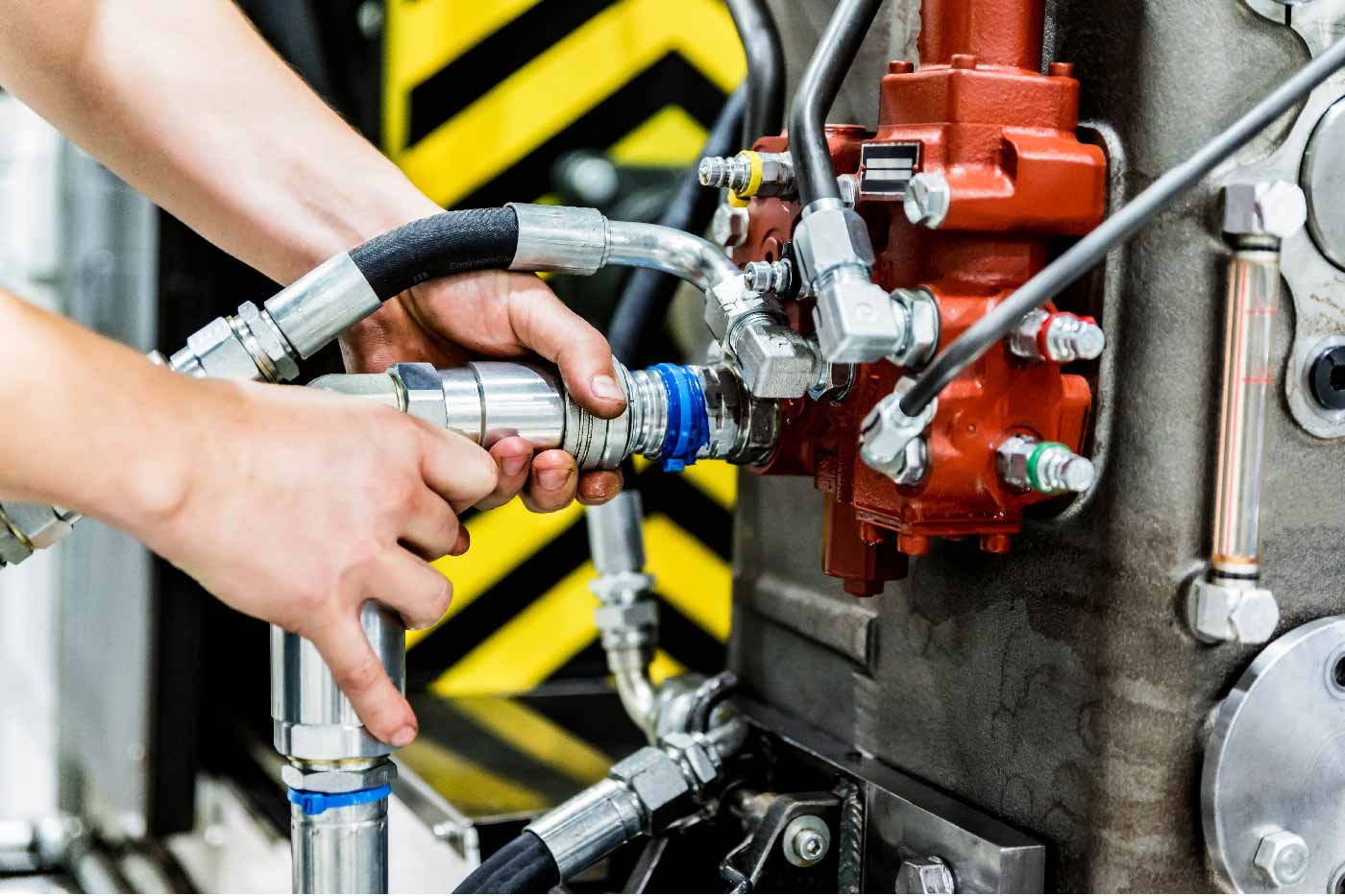Vacuum breakers and backflow preventers both play crucial roles in a water system. To maintain the safety and integrity of plumbing systems this device is a certain necessity. However, it is important to understand the differences between the two. All need to learn whatever is a vacuum breaker the same as a backflow preventer. The water system uses a vacuum breaker to prevent back siphonage. A situation where negative pressure in the plumbing system causes contamination water to flow backward. Which draws back into the potable water supply.
A vacuum breaker and a backflow preventer are not the same thing. A vacuum breaker prevents backflow by allowing air into the system. While a backflow preventer uses valves to stop the reverse flow of water.
It achieves this by allowing air into the system, breaking the vacuum, and preventing the flow of water. On the other hand, a backflow preventer uses a combination of check valves. To ensure that water only flows in one direction, preventing the reverse flow of water and potential contamination.

What Is Backflow In Water System
Backflow in a water system occurs when water flows in the opposite direction. Potentially contaminating the clean water supply. While a vacuum breaker and backflow preventer serve similar purposes, they are not the same. The vacuum breaker protects against back siphonage. While the backflow preventer guards against both back siphonage and back pressure.
Shortly, backflow occurs when the water in a plumbing system flows in the opposite direction. Leading to the contamination of the clean water supply. This can happen due to a drop in water pressure, a burst pipe, or a sudden change in the water supply. Backflow is essential for proper prevention measures also safeguarding the water system.
How Backflow Occurs?
Backflow occurs due to a phenomenon known as a cross-connection. This cross-connection becomes problematic when there is a change in pressure. Causing the flow of water to reverse. As a result, water with contamination from any non-potable source can enter the clean water supply. This certain event compromises its quality and safety. There are two common scenarios in which backflow can occur:

Backsiphonage
This happens when a drop in the water pressure causes water to be drawn back into the supply line. For instance, if there is a break in the water supply. For instance, if a fire hydrant is open, a sudden decrease in pressure can result in back siphonage.
Backpressure
Backpressure occurs when the pressure in the plumbing system exceeds the pressure of the water supply. This can happen due to various factors such as the use of pumps which require a lot of water. When the pressure becomes higher than the supply line pressure. It forces the foul water to flow back into the clean water system. The consequences of backflow in a water system can be severe. Posing significant health risks and potentially causing widespread contamination.
Therefore, it is crucial to install appropriate backflow prevention devices. Such as vacuum breakers or backflow preventers, to ensure the integrity of the water supply. Remember, the prevention of backflow is a vital aspect of maintaining water quality and protecting public health.
Is a vacuum breaker the same as a backflow preventer
A vacuum breaker is not the same as a backflow preventer. While both devices prevent the backflow into the mains, they work differently. A vacuum breaker prevents siphoning, while a backflow preventer includes additional mechanisms to stop backflow.
What is a Vacuum Breaker?
A vacuum breaker helps to prevent the backflow of contamination water from flowing into the potable water supply. It helps the plumbing systems to prevent the siphoning effect.
Which occurs when a sudden drop in water pressure causes a backward flow. Vacuum breakers are commonly found in outdoor irrigation systems, hose bibs, and other devices. All of these connect to non-potable water sources. By allowing air to enter the system, the vacuum breaker breaks the vacuum and prevents the water from flowing backward. This helps to ensure the safety and purity of our drinking water.
What is a Backflow Preventer?
A backflow preventer, on the other hand, is a more complex device. They offer a higher level of protection against backflow. While vacuum breakers protect against backflow due to a pressure drop. Backflow preventers help to prevent both backflow due to back pressure and backflow due to back siphonage.
You can usually find them in commercial and industrial plumbing systems. As well as on residential systems where a higher level of protection is necessary. These devices include various mechanisms. Such as checking valves and air gaps. They ensure that no contaminating water does not flow back into the clean water supply.
Is a Vacuum Breaker the Same as a Backflow Preventer?
While both vacuum breakers and backflow preventers serve the important purpose of preventing backflow. But they are not the same. Vacuum breakers are simpler devices that primarily protect against back siphonage for a pressure drop. They are very common in outdoor settings and usually for individual fixtures.
Backflow preventers, provide comprehensive protection against both back siphonage and back pressure. They are often installed at the point where the water supply enters a building or at critical cross-connections within a plumbing system.
In conclusion, vacuum breakers and backflow preventers have similar functions. They differ in terms of their complexity and the level of protection they offer. Whether you need a vacuum breaker or a backflow preventer depends on the specific requirements.
Differences Between Vacuum Breakers And Backflow Preventers
Understanding the differences between vacuum breakers and backflow preventers is crucial. This helps to properly safeguard your plumbing system. Each serves a distinct purpose in protecting the potable water supply from contamination. Let’s delve into the dissimilarities between these two essential components.
Purpose And Function
A vacuum breaker primarily serves to prevent back-siphonage. Which occurs when a negative pressure in the water supply system draws water back into the system. A backflow preventer not only guards against back-siphonage but also back pressure. This happens when a higher pressure in non-potable systems forces water in the reverse direction into the potable water system.
Installation And Use
The installation of vacuum breakers is typically at or above the highest valve or outlet in the system. This ensures proper protection against back-siphonage. People commonly utilize them in irrigation systems, outdoor faucets, and hose bibs. Its usual installation spot is the main water service entrance. Which allows them to safeguard against both back-siphonage and back pressure in a building. They are crucial in commercial and industrial settings, where the risk of cross-contamination is higher.
Importance Of Vacuum Breakers And Backflow Preventers
When it comes to preventing contamination and complying with regulations. Vacuum breakers and backflow preventers play crucial roles. But before delving into their significance, let’s clarify the question that often arises: Is a vacuum breaker the same as a backflow preventer?
Well, the short answer is no! Both share the same goal but in operational terms, they contain too many differences. They operate differently and offer distinct benefits. Let’s explore why these mechanisms are essential for maintaining water quality and meeting regulatory guidelines.
Preventing Contamination
The primary purpose of both vacuum breakers and backflow preventers is to prevent the backflow in clean water supply. Contamination can occur due to a variety of reasons. A common reason for the drop in water pressure is sudden changes in the distribution system. Without proper protection, harmful substances like chemicals, bacteria, and other contaminants. They have a higher probability of entering the water supply. Which can pose serious health risks to consumers.
To prevent such incidents, vacuum breakers and backflow preventers have better utilization at key points. These devices act as barriers, ensuring that water flows in one direction only. This will keep away potential sources of contamination. They create a physical separation between clean water and contamination water. Thus safeguarding the integrity of the water supply.
Complying With Regulations
Vacuum breakers and backflow preventers are essential for complying with regulations set by various authorities. Municipalities, water utilities, and regulatory bodies have established guidelines and codes that mandate the use of these devices in certain scenarios.
For instance, some local building codes mark the necessity for the installation of backflow preventers. In both commercial and industrial properties This will help to prevent cross-connections between potable water and non-potable water sources.
Similarly, vacuum breakers are essential in outdoor water systems. Such as irrigation and sprinkler systems, to prevent chemicals or contamination attacks.
By incorporating vacuum breakers and backflow preventers into plumbing systems, property owners and operators can ensure compliance with regulations and avoid potential legal and financial ramifications that may arise from non-compliance.
A vacuum breaker and a backflow preventer share the common goal of protecting water sources. Even with distinct mechanisms, their primary goal is the same but they are not identical. Understanding the importance of both devices is crucial for maintaining water quality, complying with regulations, and ensuring the safety of the community.
Choosing The Right Device For Your Needs
When it comes to protecting your water supply, it’s crucial to choose the right device for your needs. With so many options it can be confusing to know which one is the best fit. So, depending on appliance and requirement the necessity for choosing the right one is crucial.
Considerations For Vacuum Breakers
A vacuum breaker is an essential device that prevents back-siphonage in your plumbing system. Its design allows air into your plumbing line when water pressure drops. Which prevents the reversal of water flow that can contaminate the water supply.
- Installation Location: Vacuum breakers need to be at a high-risk location. Places such as outdoor faucets and hose bibs, chemical injection systems, and irrigation systems.
- Device Types: There are various types of vacuum breakers available. Including atmospheric vacuum breakers (AVB), pressure vacuum breakers (PVB), and reduced pressure zone devices (RPZ).
- Testing and Maintenance: Regular testing and maintenance are crucial to ensure the proper functioning of vacuum breakers. It’s essential to follow the manufacturer’s instructions for testing and maintenance procedures.
- Code Compliance: Check your local building codes and regulations to ensure compliance with the right standards.
Considerations For Backflow Preventers
While vacuum breakers prevent back-siphonage. Backflow preventers protect against both back-siphonage and backpressure. Their design ensures that the reverse flow of water never flows back into the main water supply. Which gives protection against contamination of water.
- Installation Location: Backflow preventers are typically installed at high-risk locations. Such as irrigation systems, fire sprinkler systems, commercial and industrial facilities, and cross-connections.
- Device Types: Similar to vacuum breakers, backflow preventers are available in different types. Double-check valves, reduced pressure zone devices (RPZ), and pressure vacuum breakers (PVB) are common types.
- Testing and Maintenance: Regular testing and maintenance are essential for backflow preventers to ensure optimal performance. Follow the manufacturer’s guidelines for testing and maintenance.
- Code Compliance: It’s important to comply with local regulations and building codes when installing backflow preventers.
When choosing between a vacuum breaker and a backflow preventer, it’s crucial to consider the specific requirements of your plumbing system. Each device has its purpose and is suitable for different applications. Understanding the unique considerations for each device will help you make an informed decision to safeguard your water supply and prevent contamination
Conclusion
While both a vacuum breaker and a backflow preventer serve similar purposes. In terms of most things, they are not the same. Each has its unique functions and applications in maintaining the safety of a water supply system. Understanding the differences between the two devices is crucial for ensuring the proper protection. Also serves protection againsts potential contamination.






